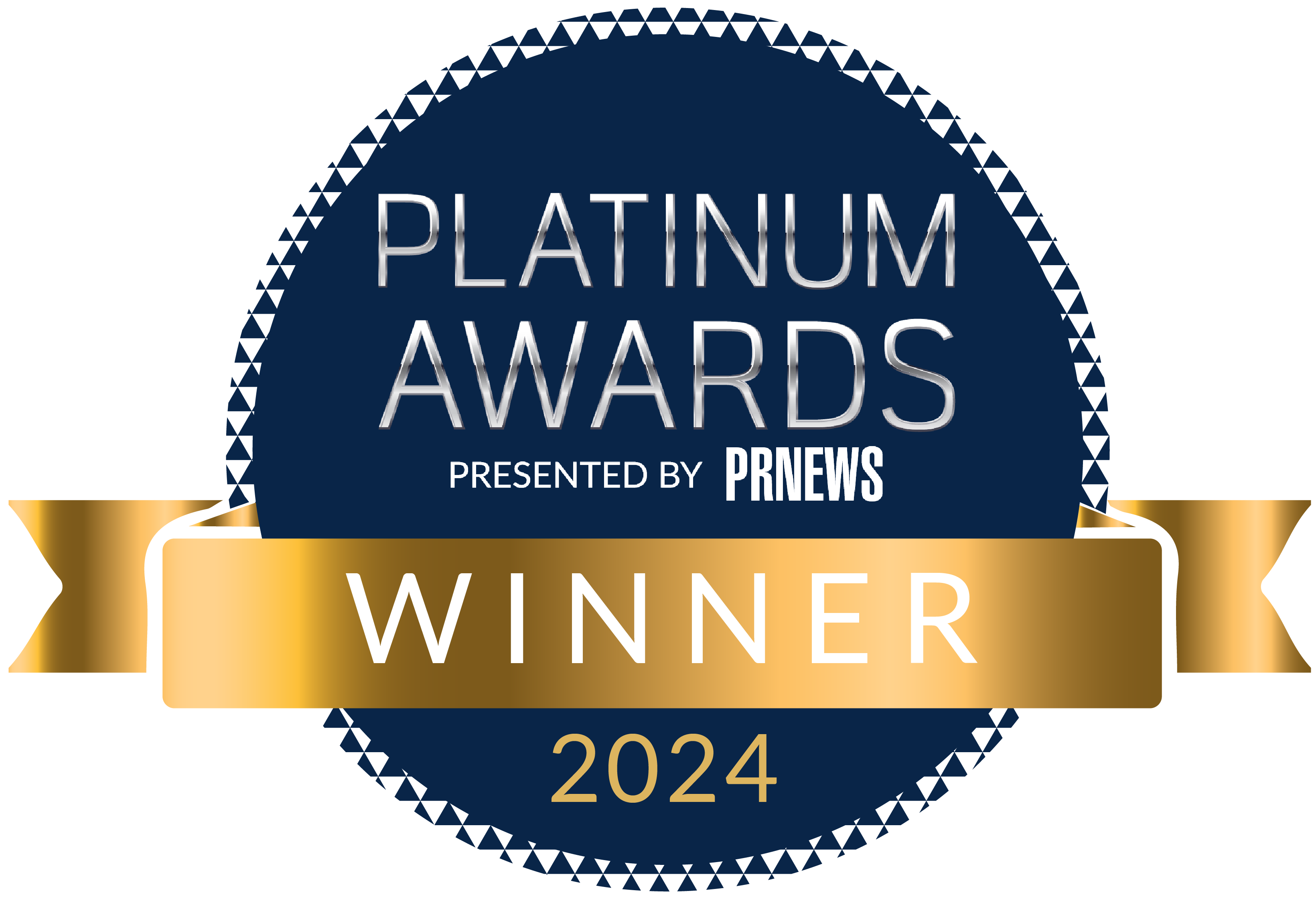Most communications and marketing professionals know the feeling. News breaks in your specific industry, relevant to your specific business. Your competitors are quoted in The New York Times, WSJ, Bloomberg and high value trade targets, but there’s no mention of your brand. No reporter reached out, and you don’t know if your PR team reached out to engage journalists about the breaking news topic. If this sounds like you, it’s time to take a step back. Getting media coverage as news breaks may happen in real time, but it requires process and planning.
Trendjacking PR – the art of commenting on breaking news to journalists as significant events unfold – is not accomplished overnight. A good PR firm takes steps ahead of time to put their clients in a position for getting media coverage. Here are tips for how to do it the right way.
Build awareness with key journalists ahead of time.
Too often people associate media relations with incessantly bugging reporters to interview and cover your brand. Unfortunately, that generalization is right 90% of the time. However, good PR practitioners know that there are short-term media tactics designed to create long-term value and results. One of these is just intro pitching – making a journalist or media outlet aware of a company or individual without requesting an interview. This can be done by sending a release, PPT deck or just short introductory email. “Hi there, not requesting an interview or sharing a story idea at the moment, but did want to put ZYX on your radar for source inclusion, should the opportunity arise. They do A, B and C and their customers include D, E and F.”
Yes, it’s that easy. Speak to reporters in a helpful and informative way, and provide them with background information ahead of time.
Identify trends/news your brand can speak to.
PR teams require some guidance and parameters to implement a good trendjacking strategy. This starts with identifying themes and topics ahead of time, something that must be done in collaboration with the brand. For example, one brand may feel comfortable discussing a topic like the Inflation Reduction Act of 2022 or another piece of legislation, while another may consider it to be too political and choose to avoid the subject altogether.
The same strategy applies when it comes to identifying trends within technology, business, and finance. Certain topics that are hot buttons for one brand, may be something to avoid for another. Identifying these subjects up front enables the PR team to focus on the right conversations and not waste their or any journalist’s time.
Bonus tip: Make sure your spokesperson is identified and aware of the media relations process in advance. For the next two steps (monitoring and conducting outreach), you’ll need to have a name and face affiliated with the brand in order to engage journalists in real time.
Listen/monitor carefully.
Trendjacking doesn’t work if you’re not paying attention. Consumers of most media as well as journalists themselves rarely stick with a story beyond 24-48 hours. So, if you don’t find the news as it breaks, you may be out of luck. I suggest using Twitter, still one of the best sources for real-time news and conversations. Google searches within the last 24 hours work, too. Use the keywords and phrases you determined in the last step. Make sure you or a member of your team is paying attention every single day. Spotting something at 8amET before it becomes mainstream news enables PR teams to move faster than other brands and firms. This puts you in a much better position to succeed.
Move quickly!
PR teams – once you’ve identified a breaking news idea that’s relevant to your brand, it’s time to act. Email or phone pitching needs to be short – “Hi reporter, you probably saw today’s news about X. My client does Y and is a knowledgeable source who believes Z”. This short pitch needs to go out immediately.
No, don’t pitch reporters who already covered the breaking news. Pitch reporters who are likely to cover the news, or something tangentially related but of significant impact. The goal is to have your client source in their inbox as soon as possible with a subject line that explains exactly who is commentating and why. Be diligent and authentic in your follow-up.
For brands – make sure you are decisive and help your PR team as best as possible. Make time for urgent interviews. Provide context / comments over email if the journalist asks for it. Prioritize availability and being a resource for clients.
Little is more challenging than a brand that likes the idea of trendjacking and has the opportunity to achieve significant media mentions, but waits hours or days to confirm an interview time or provide any sort of meaningful response.
Say something meaningful.
As always, journalists are looking for insight, not generic responses that look like they survived four rounds of legal and policy edits, and certainly not overly promotional subject matter. If a journalist asks about the impact of said breaking news, don’t explain how it’s going to result in your company moving more product or garnering more investment. Zoom out and share industry impact, or consider taking a contrarian position and doing your best to give the journalist another perspective. Getting media coverage in general should require you to be authentic, and be a resource.
Trendjacking, or getting media coverage as news breaks, is one of the best tools out there for brands seeking mainstream and top-tier media exposure. This is especially true for those who are between announcements and don’t have compelling news that would result in a feature. Trendjacking done right establishes long-term relationships with reporters while also achieving prominent mentions that position the brand as an expert in its category.
Interested in Getting Media Coverage When News Breaks?
Let us know if your brand stands to benefit from a strong trendjacking PR program. FischTank PR has led media relations campaigns for companies ranging from exciting startups to Fortune 100 companies. Email us at [email protected] to learn more.




